Researchers at NYU Langone Medical Center have identified a key molecule which allows bacteria to repair serious DNA damage, thereby making them resistant to certain antibiotics. The research was published in the journal, Science.
According to the study authors, designing future antibiotic treatments to target this molecule – called ppGpp – could make these microbes more susceptible to irreparable DNA damage, and cell death. Antibiotic resistance is developed when bacteria are repeatedly exposed to the same drug. According to the Centers for Disease Control and Prevention (CDC), drug-resistant bacterial infections are linked to 2 million cases of illness, and 23,000 deaths in the US each year.
“Most antibiotics have their effect, directly or indirectly, by causing damage to bacterial DNA, so finding ways to cripple DNA repair would represent a significant advance in the treatment of resistant infections,” said Dr. Evgeny Nudler, the Julie Wilson Anderson Professor of Biochemistry, Department of Biochemistry and Molecular Pharmacology, NYU Langone, and a senior author on the study. “While reducing DNA repair in bacteria could help to overcome antibiotic resistance, we’re also excited about the prospect of boosting DNA repair in human cells. DNA damage accumulates with age and creates risk for degenerative diseases from Alzheimer’s to cancer.”
Previous research performed by Nudler and colleagues, found that RNA polymerase – the protein complex that translates the genetic code in the DNA into RNA, which will then be used to build proteins – also possess a proofreading function, capable of backtracking to ensure the DNA sequencing is free of lesions. If the enzyme does encounter a damaged base, it is able to recruit nucleotide excision DNA repair (NER) enzymes, to repair the mutation.
Nearly 20 years later, the researchers found that the NER enzyme in E. coli – called UvrD – encourages the bacterial RNA polymerase to backtrack. In the new paper, the researchers describe the ppGpp compound as the main controller of the UvrD-induced backtracking in the NER pathway.
As the RNA polymerase identifies DNA damage and backtracks, levels of ppGpp rise; once the chain is repaired, the concentration of the molecule drops. According to the researchers, ppGpp is likely the sensor that allows the bacterial RNA polymerase to switch between DNA transcription and repair.
According to Nudler, as the enzymes responsible for DNA repair and maintaining genomic integrity are integral to a bacterial cell’s survival, this pathway could be a prime target for antibiotic drug development. The researchers also hope to demonstrate this same link between RNA polymerase backtracking and DNA repair in human cells, which could have implications in treating degenerative diseases associated with advanced age.


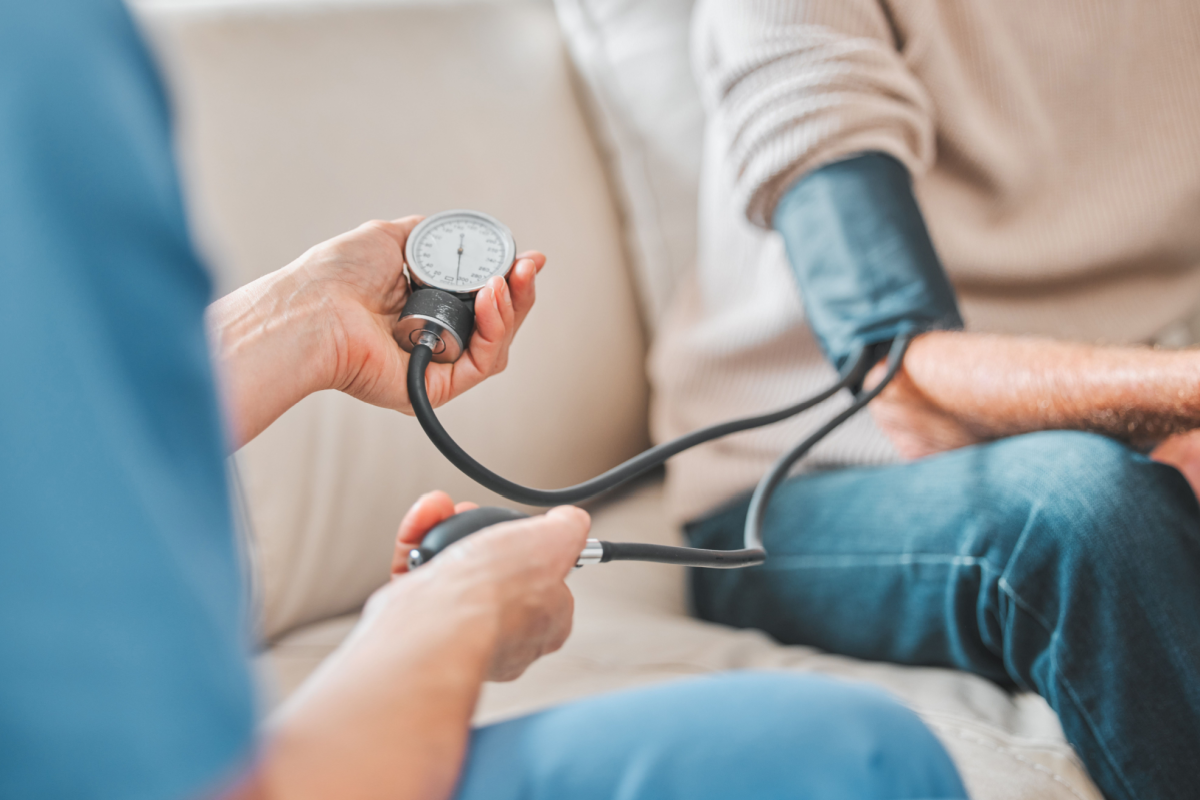
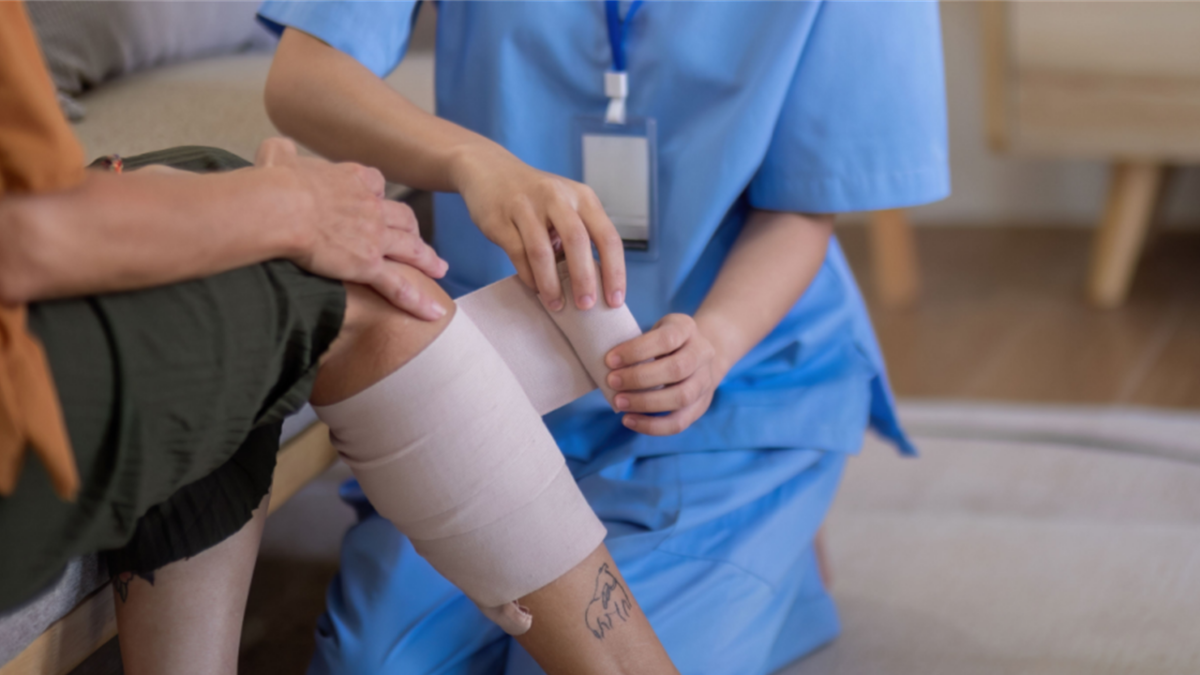
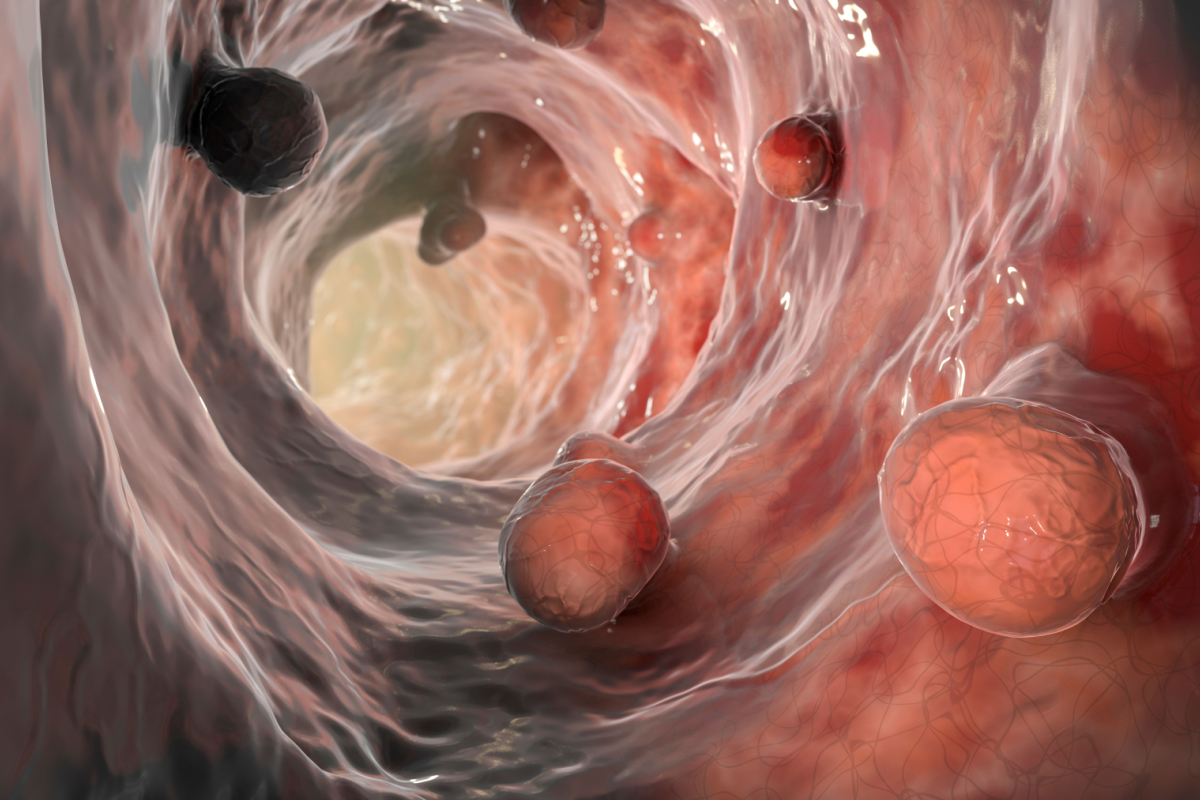
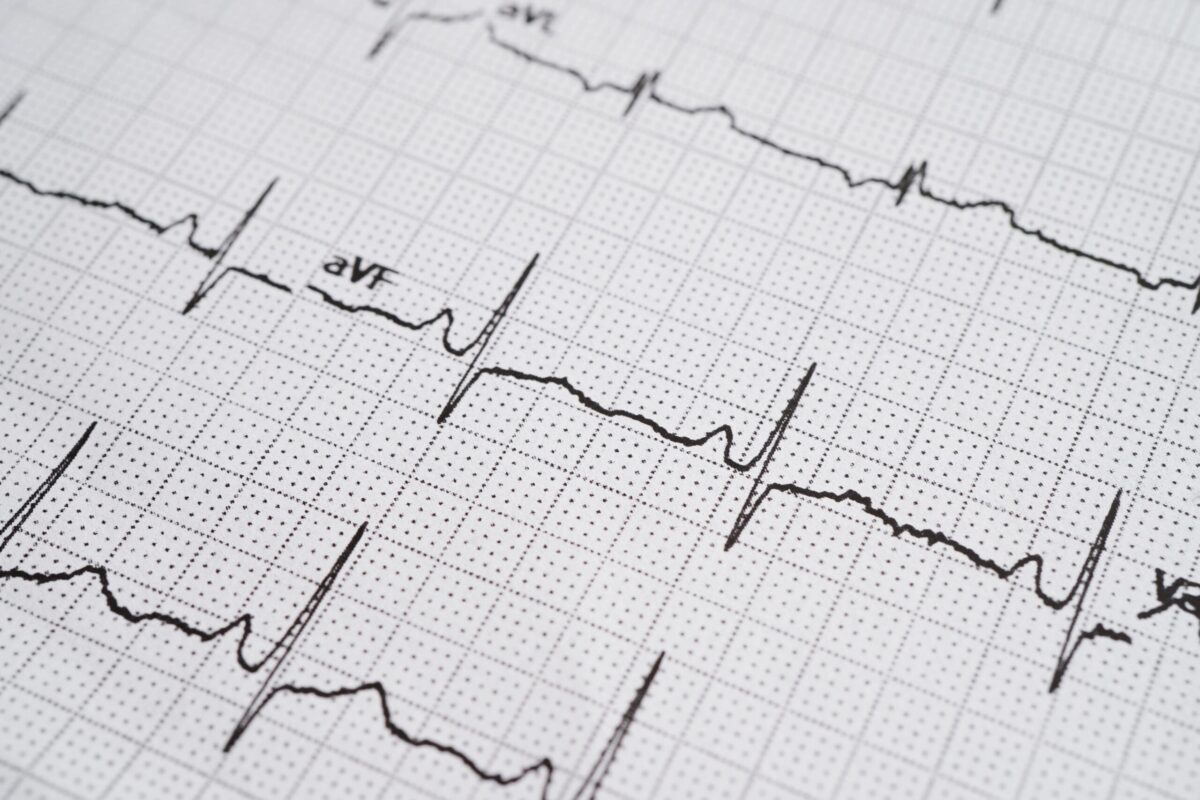
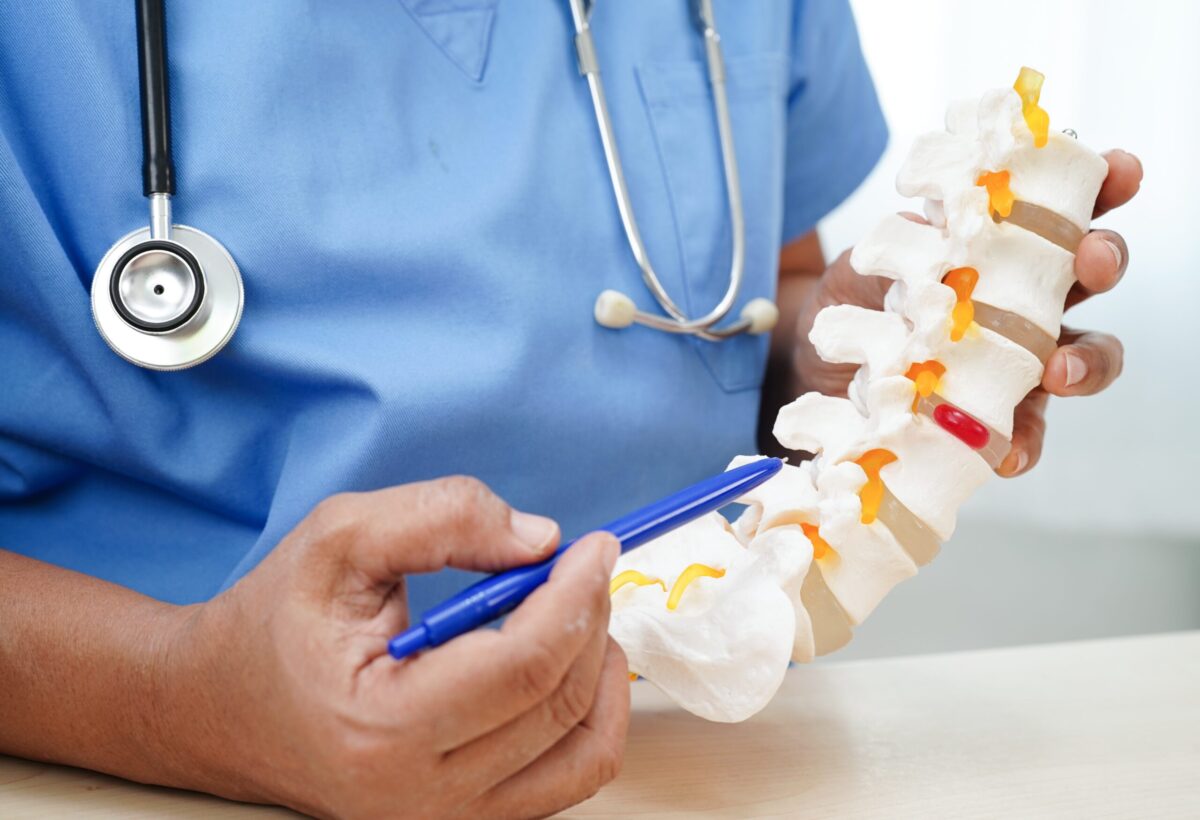





Join or login to leave a comment
JOIN LOGIN